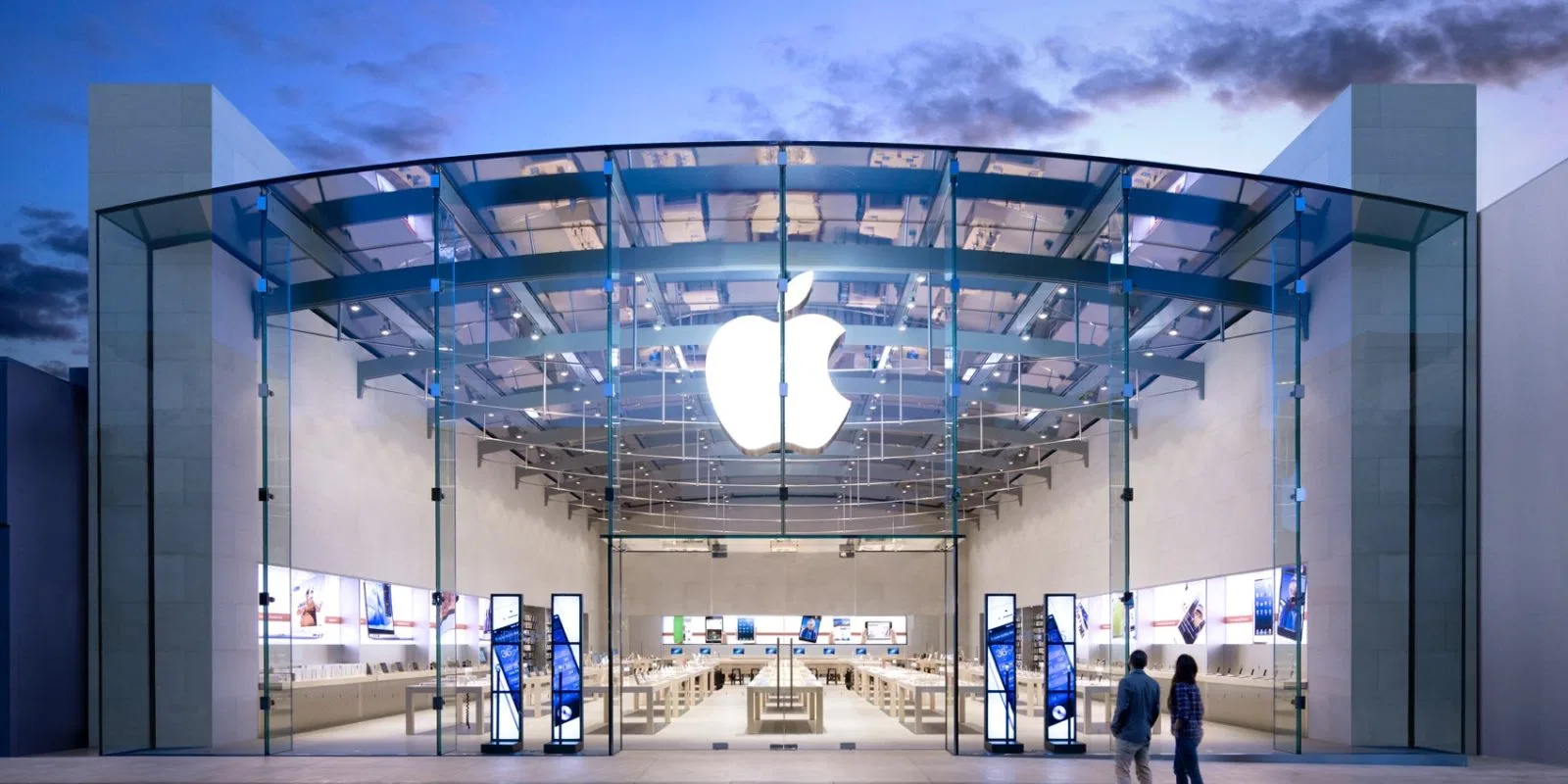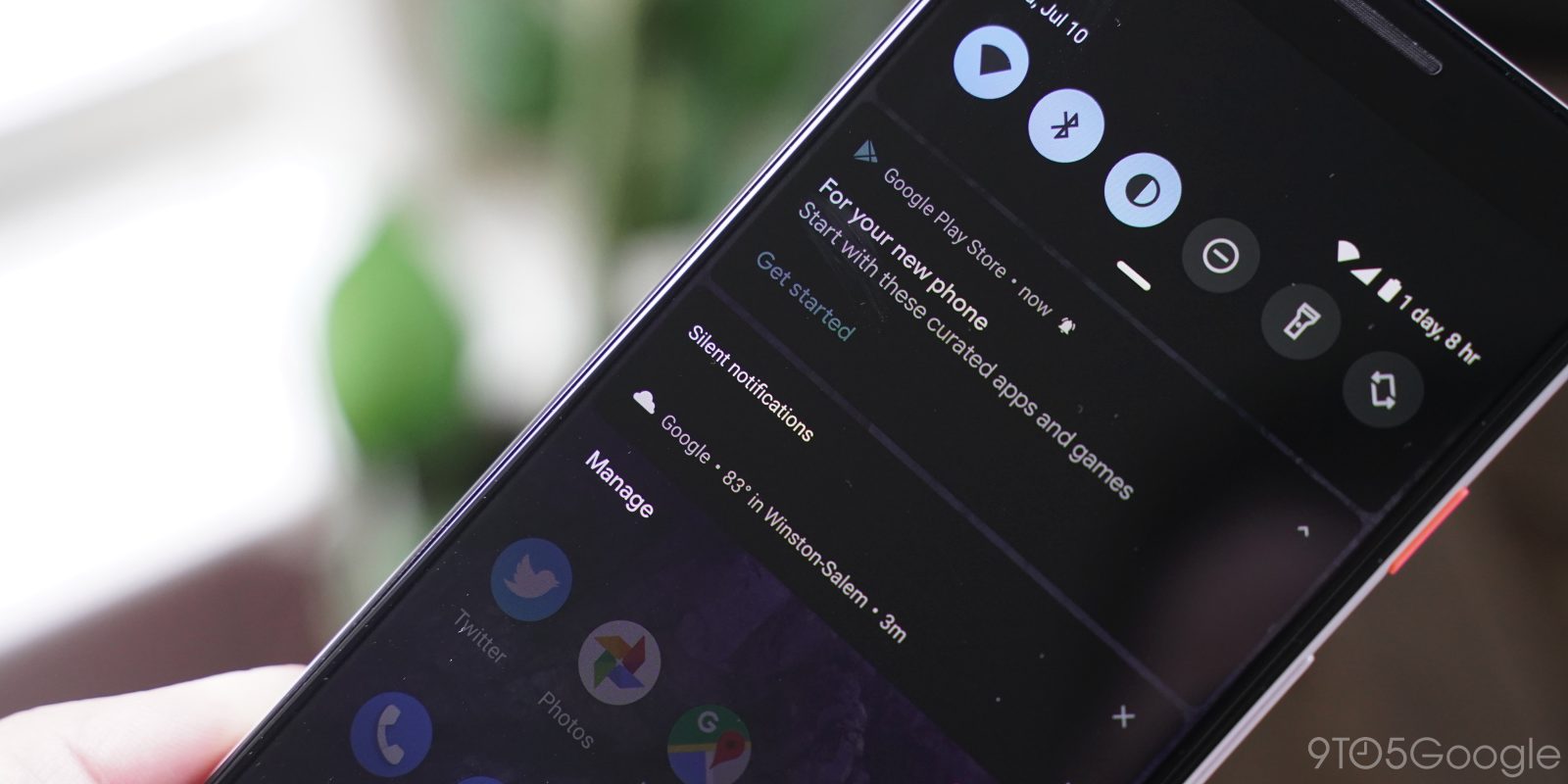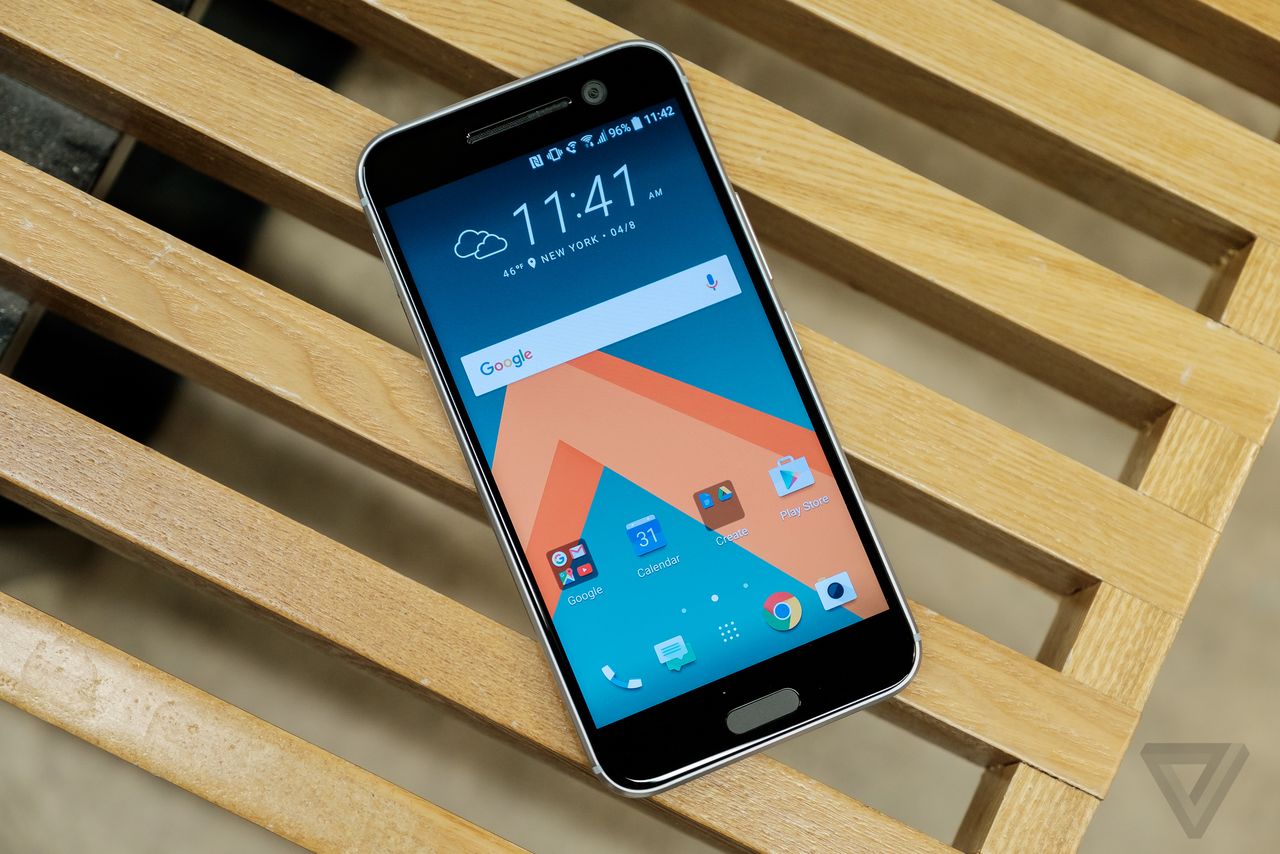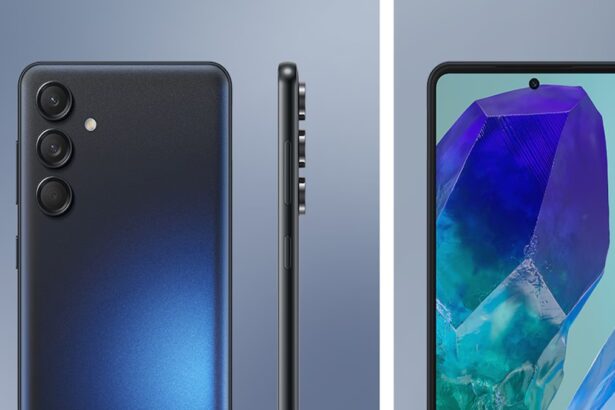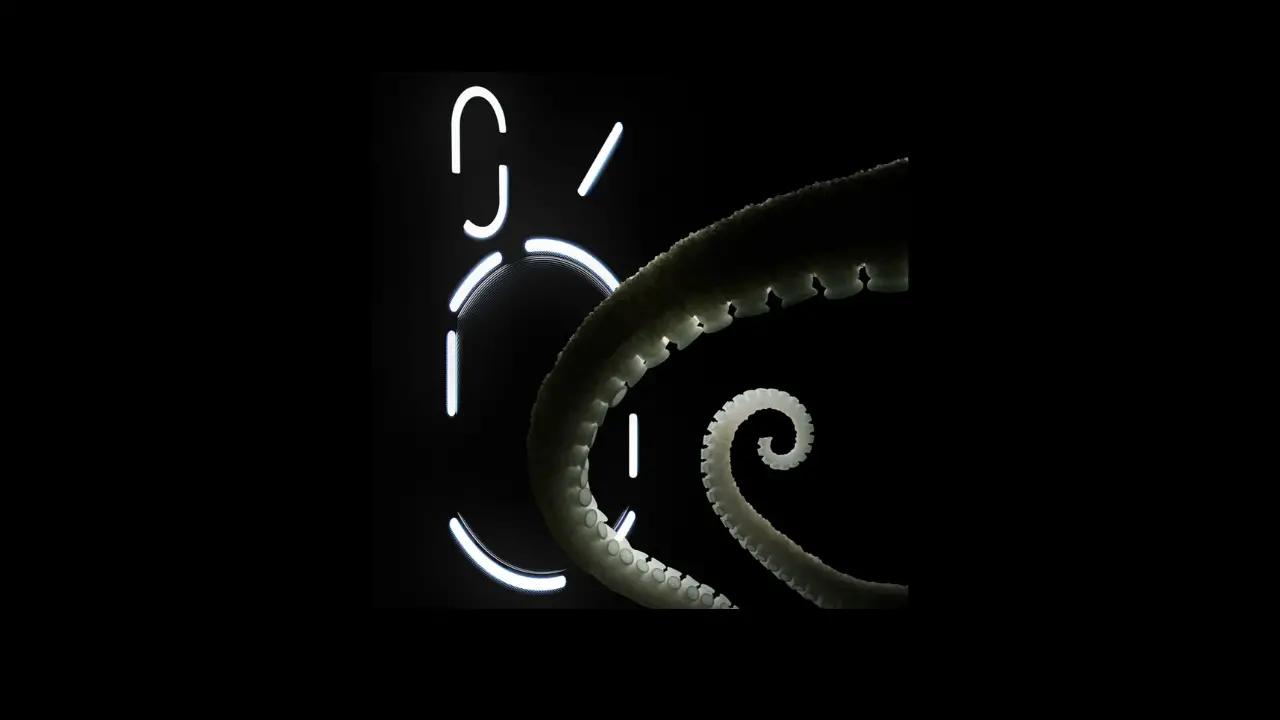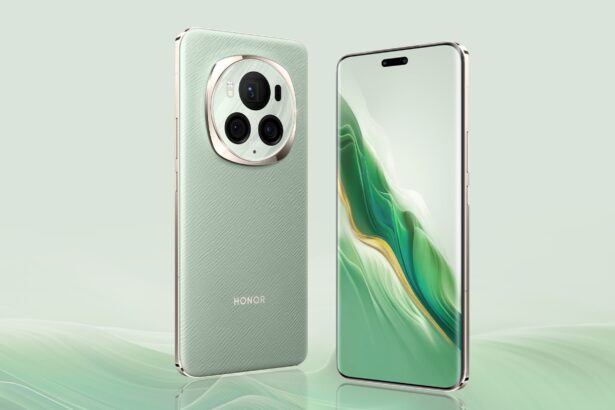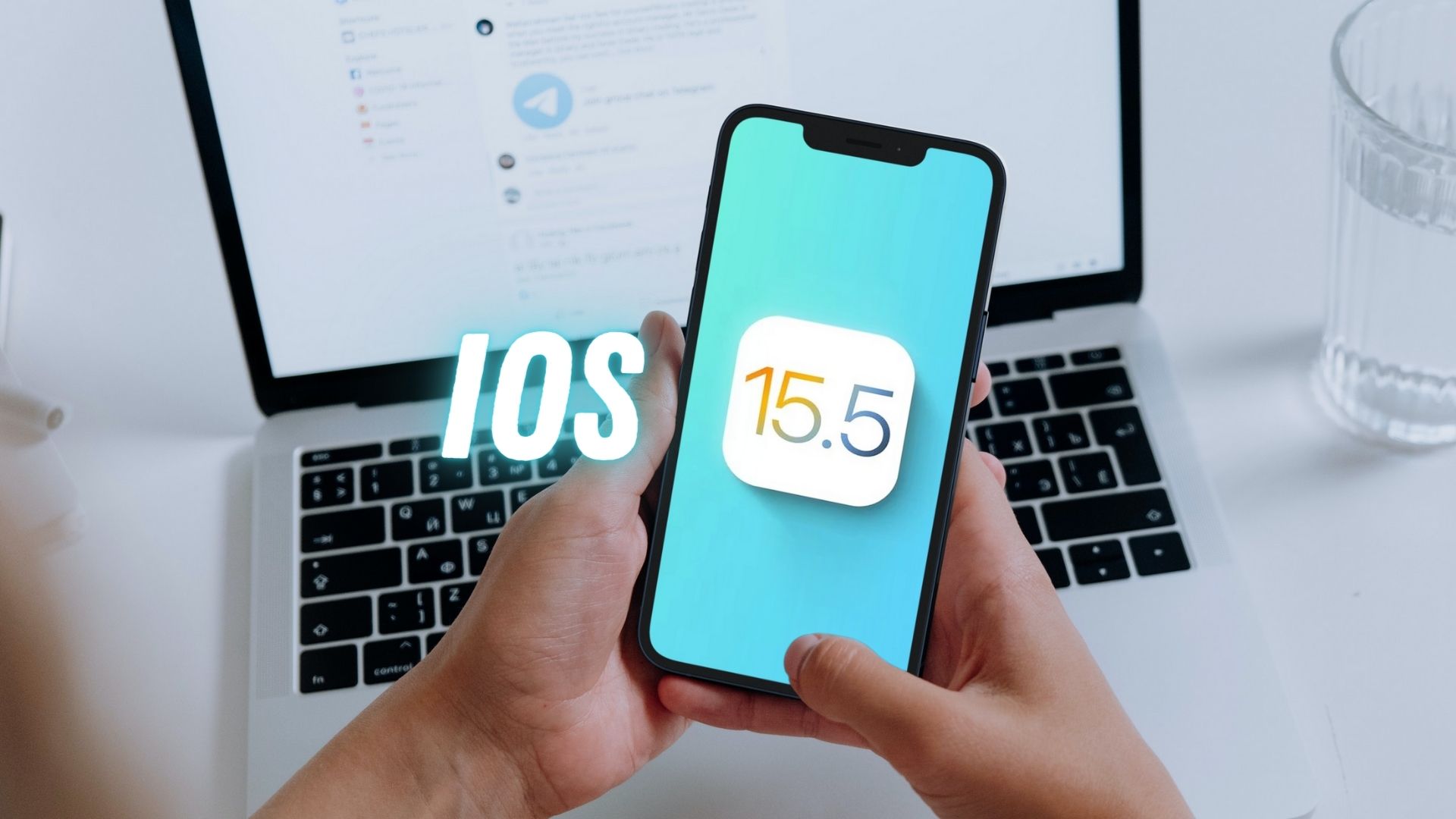Google appears to be expanding its foldable phone legacy with its upcoming Google Pixel Fold 2. Now, rumors have already circulated in the tech community regarding the highly anticipated successor to Google’s initial venture into foldable smartphones, the Pixel Fold. The most recent reports promise considerable enhancements under the hood and a possible fall debut date, but are these claims true? Let us go into the details.
Google Pixel Fold 2 to Launch in October with Tensor G4
According to recent reports, the Pixel Fold 2 may bypass the planned Tensor G3 processor in favour of the yet-to-be-unveiled Tensor G4. Such a move might represent a significant step forward, putting Google in direct competition with Qualcomm and Samsung’s current technologies. However, other elements cloud this speculation.
For starters, it would be rare for Google to debut a phone with an undisclosed chipset, mandating either an early announcement of the Tensor G4 or a delay in the Pixel Fold 2’s release, both of which appear implausible. Furthermore, creating a new phone and chipset at the same time adds difficulty, with reports indicating that the Pixel Fold 2 is already well into development, making Tensor G4 integration less likely.
Another piece of speculation claims that the release date will be in October. This is consistent with Google’s traditional hardware event date, which is typically held in October or November. However, some analysts anticipate a different timeframe, with a May reveal at Google I/O followed by a summer launch, similar to the original Pixel Fold’s trajectory.
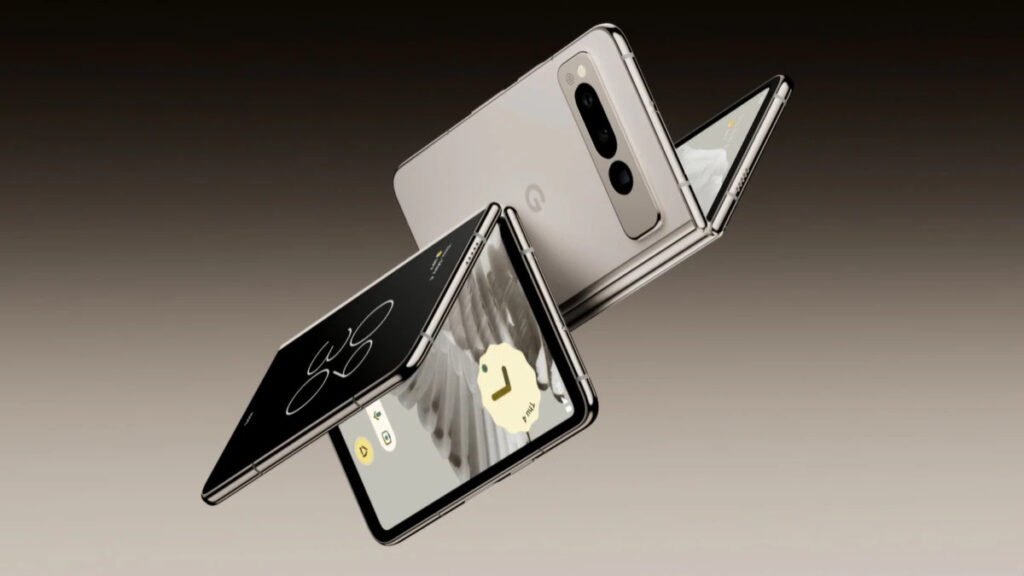
Aside from the headlines, the Pixel Fold 2’s other features have sparked interest. Given Google’s reputation for excellent camera performance, improved cameras are to be expected. Upgrades to sensor size, processing capabilities, and foldable-specific features are expected to improve the overall shooting experience.
Google may also focus on improving the foldable user experience through multitasking enhancements, smart app scaling, and seamless integration with existing Pixel capabilities. In terms of pricing, while the initial Pixel Fold was expensive, Google may seek improved pricing competitiveness, even if foldable technology normally charges a premium.
Overall, while the speculations about the Google Pixel Fold 2 are intriguing, concrete information remains elusive. While a Tensor G4 chipset and an October launch appear unlikely, upgrades in camera technology, software refinements, and potential pricing changes are all intriguing possibilities.
As we eagerly await formal announcements and leaks in the coming months, we must keep a healthy dosage of scepticism, acknowledging that the information offered is based on speculation and rumors. Meanwhile, readers are suggested to express their thoughts and predictions for the Pixel Fold 2 and to stay tuned for more updates on this developing topic.
